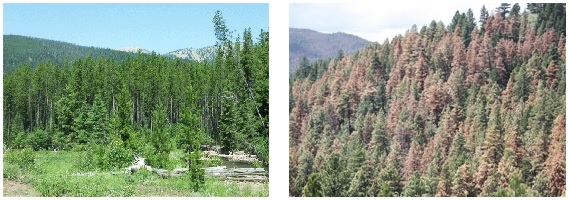“The champions are in harm's way. The whole country should be forested coast to coast with these giant trees, not with the puny, craggly, miserable mess we call our forests. We don't realize what we've lost.”
David Milarch, Founder and Pres., Champion Tree Project

May 24, 2012 Helena, Montana - “When Europeans first came to North America, one of the largest primeval forests in the world covered much of the continent. Experts say a squirrel could have traveled from the Atlantic coast to the Mississippi River without touching the ground. But only about 3 percent of America's native old-growth forest remains.”
Click here to subscribe and get instant access to read this report.
Click here to check your existing subscription status.
Existing members, login below:
© 1998 - 2025 by Linda Moulton Howe.
All Rights Reserved.

